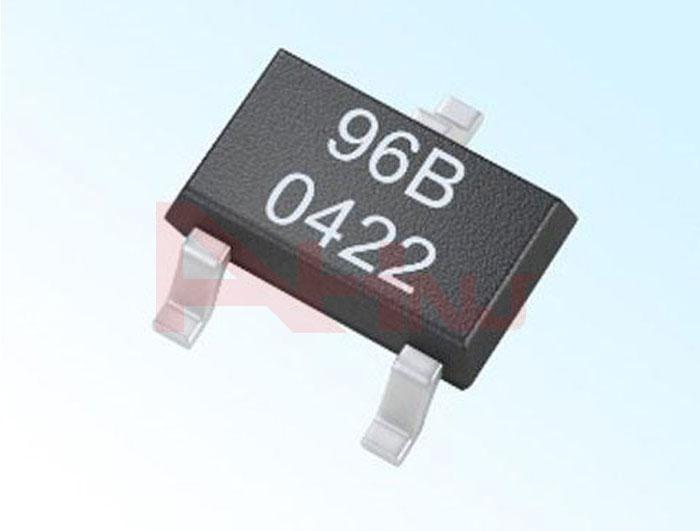Do you know the Internal Structure of Linear Hall Sensor?
As a Hall Sensor Manufacturer, share with you. The main characteristic of the linear Hall element is to output voltage signals of different sizes according to the distance from the magnetic field, and to achieve a wide range of applications such as the use of linear Hall to detect position, current, magnetic field, etc. The internal composition of Linear Hall Sensor mainly includes: voltage regulator circuit, linear Hall element, and operational amplifier.
Linear Hall Sensor
1. Voltage regulator circuit
The voltage stabilizing circuit is to provide a stable regulated power supply for the Hall, because any unstable input power may cause breakdown or make the Hall work unstable, we are designing the Hall circuit or building a linear Hall The voltage regulation problem must be considered in the circuit.
2. Operational amplifier
The operational amplifier has the advantages of high stability of offset voltage and anti-common mode capability, so it is more convenient to adjust the Hall circuit in the later stage
3. Hall element
At present, the commonly used Hall of linear Hall element can be divided into:
Linear Hall of Germanium (Ge) such as: YS49E YS495A YS50B, etc.
Gallium arsenide (GaAs) linear Hall such as: YS302C HG-302C HG-362A HG-106C HG-106A and so on.
Indium antimonide (InSb) linear Hall such as: YS302B HW-300B HW-302B HW-322B HW-101A HW-108A and so on.
Because Halls of different materials have different advantages and disadvantages and applications, everyone should distinguish carefully. Our company also has Gear Sensor for sale, please contact us.

评论
发表评论